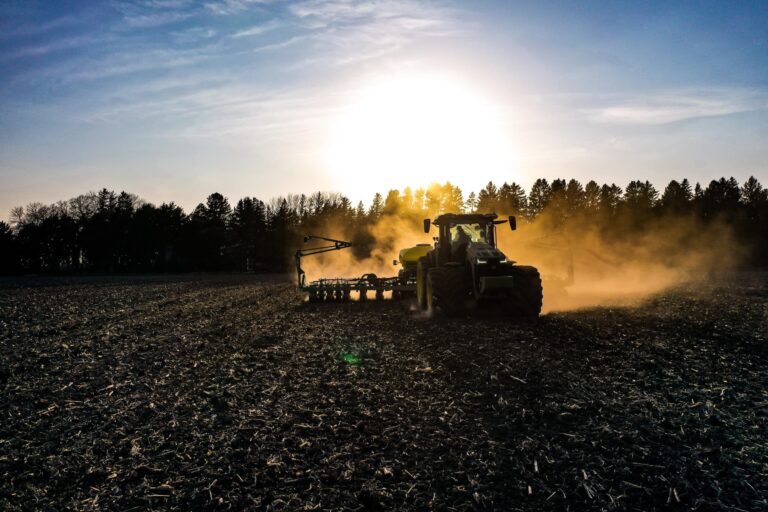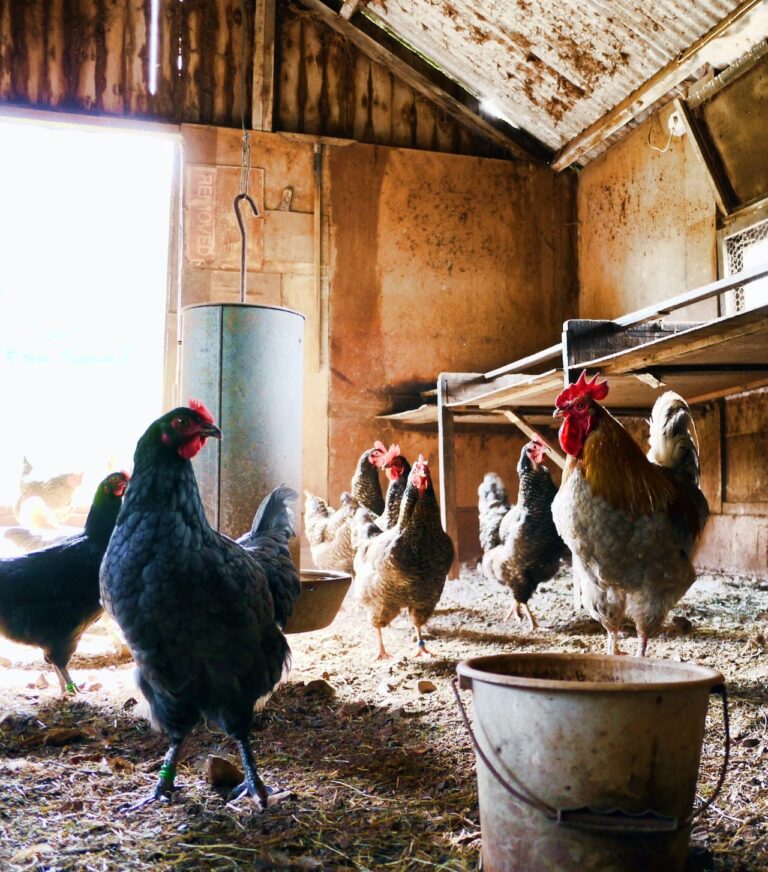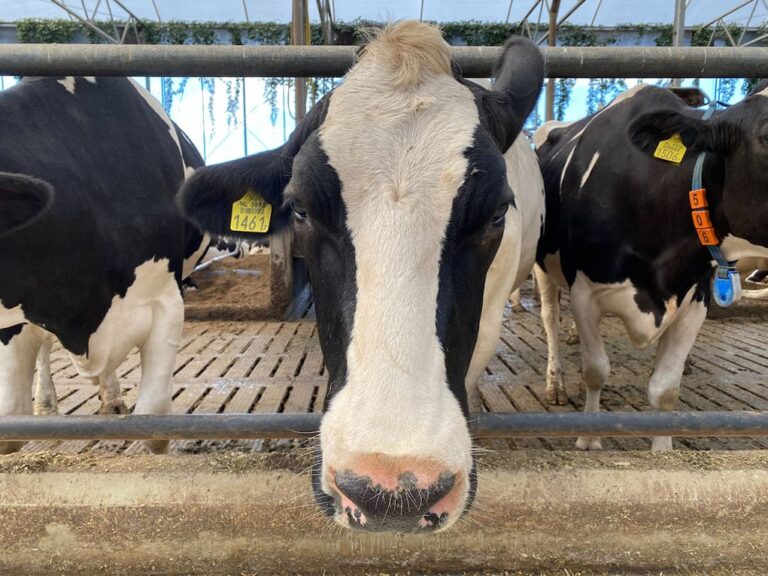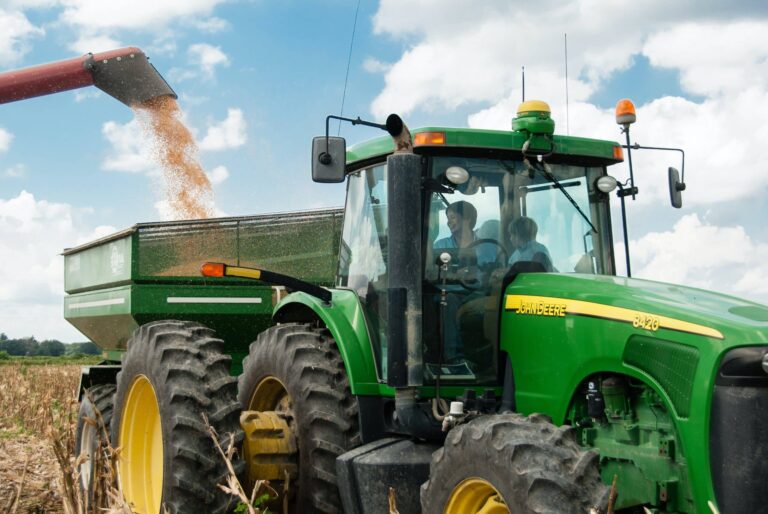How much does the weekly drought monitor distort thinking about the potential harvest in rural America? That’s a question the staff at Agricultural Economic Insights tried to answer in a recent study.
AEI Economist Dave Widmar talks about the model they put together this spring to find some answers. He says, “In the past, we’ve looked at the relationship between the percentage of the country in drought and the final yield, and there’s just not a good strong relationship between those two variables contrary to what we want to think we looked at those maps. At the beginning of this year, the model we worked on was an innovative way of thinking about drought. The takeaway here is that a lot of times, it’s the change in drought conditions that might tell us more about the yield impact than the drought magnitude in and of itself, and that makes sense. If we get timely rains, the drought conditions might persist, but the crop could still be moving forward. But if the drought is magnifying, that signals deteriorating crops. If the drought is improving, maybe the crops are improving, so that was the genesis of this.”
He talks about what they learned from their study. Widmar says, “While the model results were not necessarily thrilled with, what we did learn from the model, even though drought conditions in June of this year were arguably worse than they were in June of 2012, this model was telling us we had to keep an eye on the change in drought conditions. And what we saw this year is that the drought conditions didn’t get worse. They, in some cases, abated a little bit. They subsided, and so that is part of the story.”
Widmar says their yield-drought model came up with some surprising yield predictions for 2023. “We were looking at what would this model have predicted relative to a trendline and, given the situation that we didn’t see the drought getting worse or the drought conditions getting better, this model shows something that was closer to trend normal than what we have seen. So right now, we have a corn yield that’s seven-plus bushels away from the trend line in that model, so it wasn’t nearly as aggressive in pulling down those corn yields. But again, we have only one data point like this, and that was 2012, and 2012 got a lot worse. We had a pretty significant drought on our hands in June, and the conditions slightly improved. But as I mentioned earlier, depending on where you were in the Corn Belt, some parts of the Corn Belt got significantly better. Some of them got a little bit worse. So, national trends versus state-level conditions are really important to try to untangle in the future.”
AEI came up with a corn yield of 184.8 bushels an acre, higher than the current USDA prediction of 173.0. The soybean model predicted 53.6 bushels per acre, also well above the current USDA yield prediction of 49.6 bushels.
For more information, go to aei.ag.









